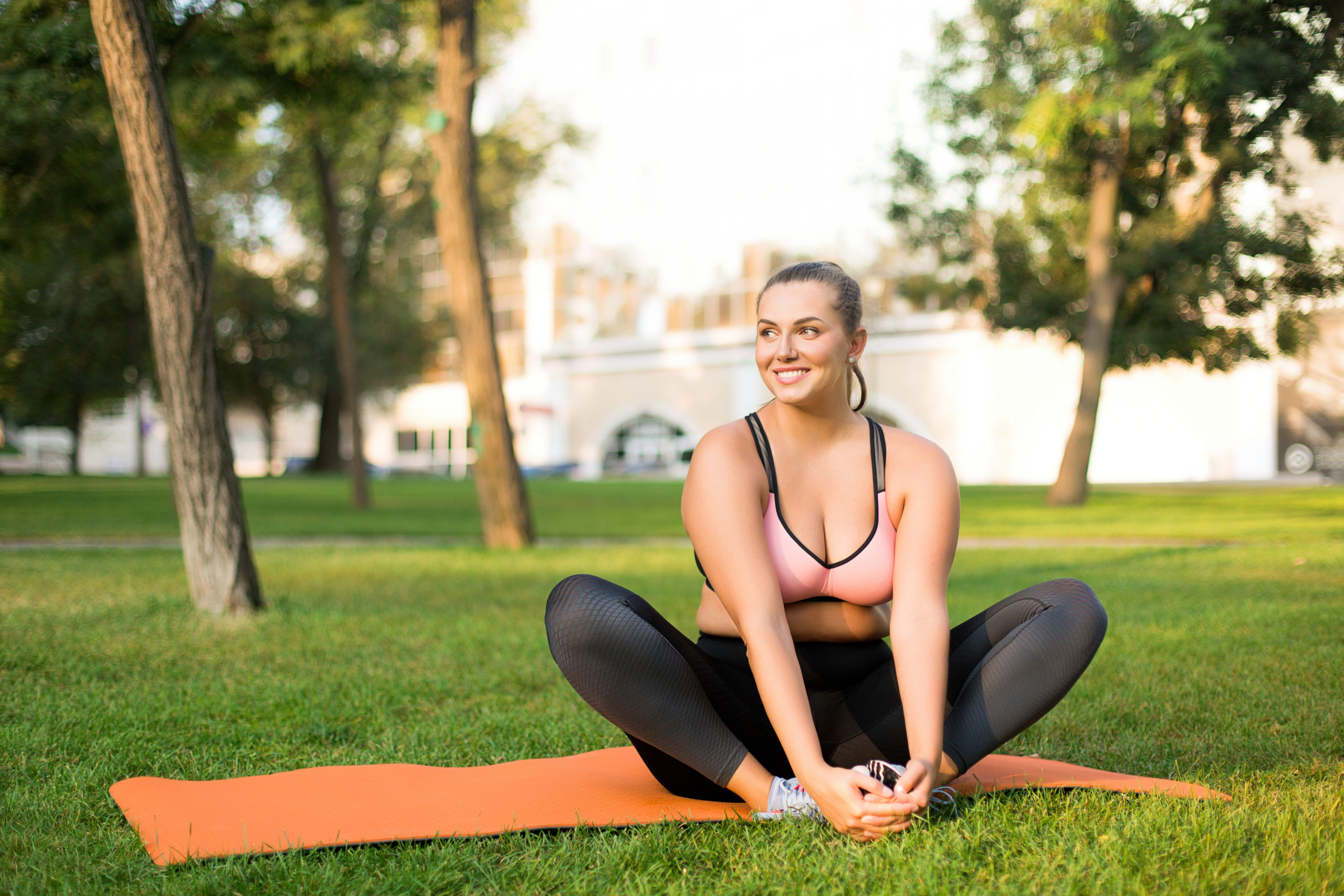How to Combat Internalized Fatphobia
Perfectionism, performance anxiety and competitive environments are often talked about as factors that impact body-image concerns in the dance community. What’s discussed less often? The ways in which fatphobia can negatively impact a dancer’s view of themselves—and their treatment of others. Until we hold up a mirror to examine our implicit biases, we will allow them to affect not only our approach toward our own careers, but also our decisions about who we cast and dance with—missing out on a whole lot of talent and artistry.
What Is Fatphobia?
Fatphobia is defined in the Macmillan dictionary as “the irrational fear of, aversion to or discrimination against obesity or people with obesity.” Simply put, it is the fear of fat. In dance, it shows up when a choreographer dismisses a dancer or when a dancer doesn’t select a partner solely based on their size. Or when dancers in larger bodies are accused of being lazy or undisciplined—false assumptions that can negatively impact their mental health and exacerbate performance anxiety. Rather than addressing the real issue, we blame things like the supposed need for lightness in pointe shoes, symmetry for partnering or limited budgets for costumes.
How Does It Become Internalized?
Like other forms of oppression, fatphobia becomes internalized when the perpetrator becomes ourselves. This could look like valuing yourself less because you identify as being fat or not giving yourself pleasure (like food, relationships or cute dancewear) because you feel you don’t deserve it.
Dancers of any size can internalize fatphobia because we live in a largely Eurocentric culture, where whiteness and thinness are upheld as the dominant beauty standard. These ideals shape what is deemed “aesthetically pleasing” onstage, and some forms, like ballet, have taken them to extremes. The thin ideal is reinforced even outside the dance world by the media, medical institutions and health companies that have capitalized on the categorization of larger bodies as “obese.” Just by living in the U.S., we all inherit unconscious anti-fat bias.
How to Combat It
The first step to working through internalized fatphobia is practicing self-awareness. Notice how you talk to yourself and how you talk about your body to others. Have you ever made accusations such as:
• “I can’t lose weight, therefore I’m a failure.”
• “I have to be thin, otherwise no one will like my dancing.”
• “I don’t deserve to eat because I haven’t lost weight.”
• “Food needs to be earned.”
These self-defeating thought patterns not only lower your sense of self, but they can also sabotage your efforts to make positive changes.
Uncovering internalized fatphobia is ongoing work; don’t try to do it alone. Seek out therapy, or find support from someone you trust to process the emotions that inevitably arise. Learn from others further along in their journeys: Listen to podcasts or watch videos of dancers in larger bodies sharing their stories, including Kelli Jean Drinkwater’s TED Talk “Enough With the Fear of Fat”; read articles by authors like Aubrey Gordon, Ragen Chastain and Sabrina Strings. Learn the history of how the thin ideal came to be, and do your own research on the reality behind common dance world myths, like lightness being required for pointe shoes or partnering safety.
Once you have increased your self-awareness, then you can begin to work on changing your behavior and outlook.





